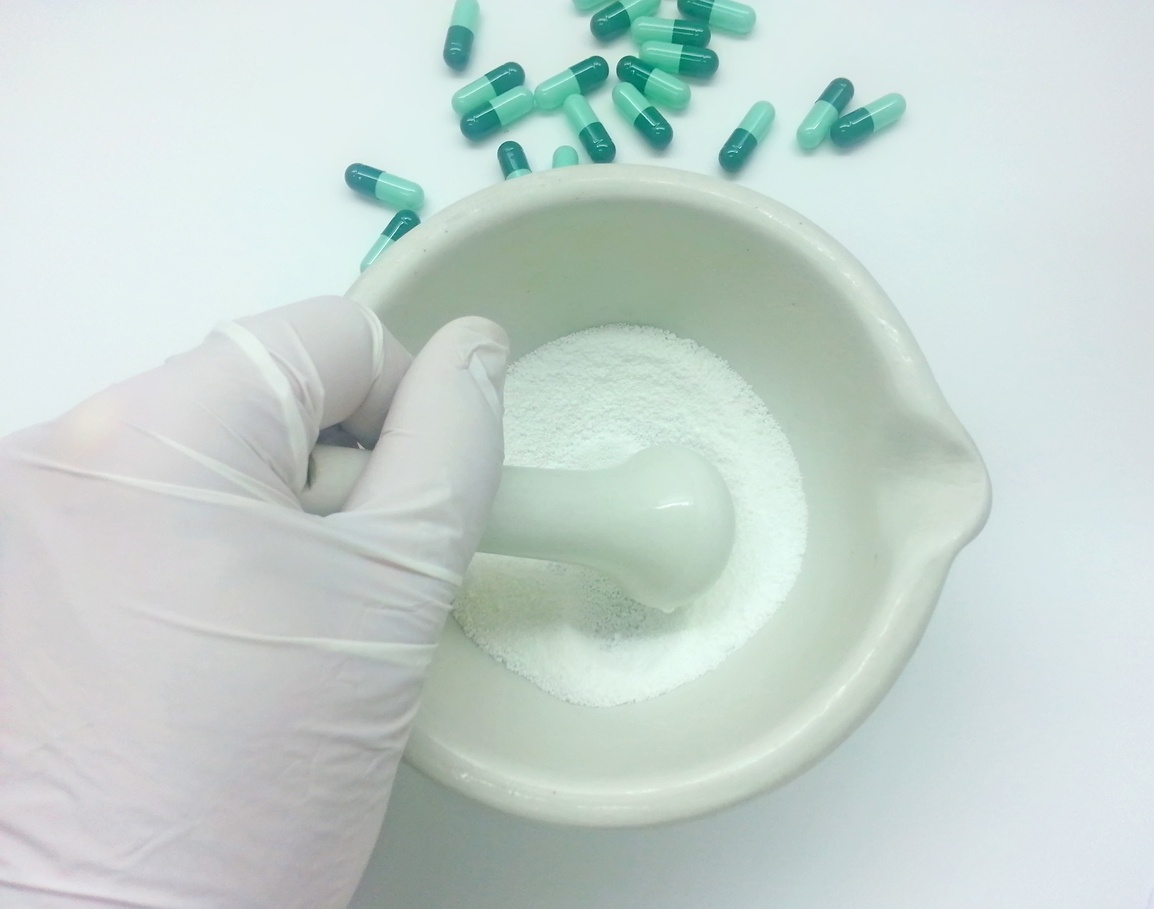
Up until about the 1950s, compounding pharmacies were typical in communities across America. Medications were made locally by compounding techniques – most of which still exist. Today, most medications are mass produced by major pharmaceutical companies, which is quicker, less expensive, and gets medication to more people.
However, occasionally a patient has a unique situation that cannot be addressed by a factory-produced medication. In this case, a doctor will create a specific formulation of that medication, and make sure a pharmacist familiar with the techniques of compounding will be able to fill it.
Compounded medications are still used today for small children who need a medicine strength not regularly available; people who are allergic to a component of a drug they need to take; or people who need a custom-tailored hormone therapy. Some of the common conditions that can be treated via a compounded medication include hormonal imbalance, infertility, weight gain, and thyroid disease.
Since many boards of pharmacy have decided to strengthen compounding regulations, the Joint Commission developed a Medication Compounding Certification program. See this blog post for more information.
Common Compounding Techniques
1. Trituration: This technique is used to reduce the particle size of powders. Grinding them into a fine powder makes them easier to mix into creams or put into capsules. The key to doing this correctly is to use a mortar and pestle and grasp the pestle firmly with your whole hand, not just hold the end with your fingertips.
2. Levigation: Levigation is the act of decreasing particle size of a powder by using a non-soluble liquid. In this technique, you need a flat compounding surface, such a glass tray, a metal spatula, and your powder, mineral oil, lanolin, and/or petroleum jelly. The key to levigation is to reduce the powder by spreading it on the surface of the tray mixed with the mineral oil until it’s not gritty. Use a spreading technique just like spreading butter on a hard piece of toast.
3. Geometric Dilution: This mixing process is used when combining two or more ingredients of varying quantities together to achieve a homogeneous mixture. This can be used to mix powders, creams, or ointments.
Other things you will learn in pharm tech programs that include compounding techniques are: the proper way to weigh ingredients, filling capsules, the differences between creams and ointments, and sterile and non-sterile technique.
Pocket Nurse provides a full line of pharmacy teaching solutions for your pharm tech programs and simulation laboratories, including many simulated ingredients for compounding techniques.
Resources:
Compounding pharmacy (video)
LP3 Network: Pharmacy Courses and Healthcare Training
Levigation (video)







